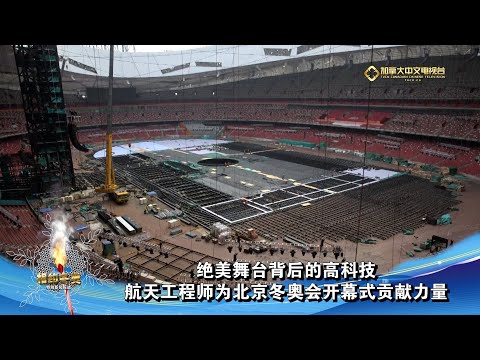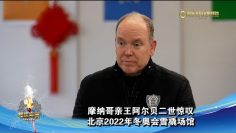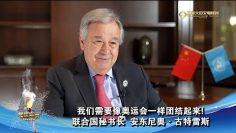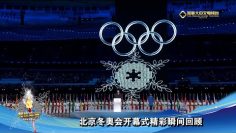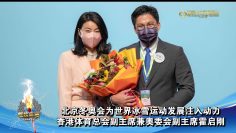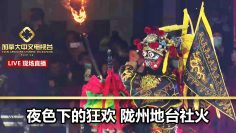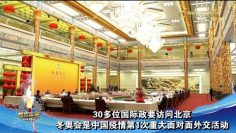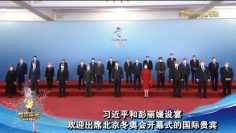绝美舞台背后的高科技 航天工程师为北京冬奥会开幕式贡献力量
绝美舞台背后的高科技 航天工程师为北京冬奥会开幕式贡献力量
Cutting-edge technologies created by a virtual simulation team formed by university professors and students have helped bring a stunning opening ceremony of the just-started Beijing 2022 Winter Olympics.
The team created an integrated smart service platform for large-scale show at the opening and future closing ceremonies of the Winter Olympics, building up an all-element virtual platform for the opening ceremony of the Winter Olympics through virtual technologies.
Before starting the on-site services in August 2021, the team, led by Ding Gangyi, professor of the school of computing of Beijing Institute of Technology, had spent more than one year building a high-resolution 3D model of the National Stadium, aiming to present the performance scene closest to the reality and provide support for performance innovation, process control, performer rehearsals and live broadcast.
“Directors often have questions like if the performers can reach their location during the performance, and if the background music and videos match the entire performance. We usually assist directors with the system to make clear quantification, and solve some contradictions in the rehearsal or performance process. This is the biggest feature of the simulation system,” said Ding.
A breath-taking performance named “Beginning of Spring”, which kicked off the curtain raiser of the Games, left a deep impression on the audience at the opening ceremony.
A total of 393 students from a martial arts school created a picturesque scene by waving the 10-meter-long poles in their hands. The show was one of the first performances the virtual simulation team participated in.
“Since the end of 2019 and the beginning of 2020, which was the creation stage, we have cooperated with the director team for designing and verifying the plans. At the beginning, there were more performers on the stage for the performance, maybe 800 to 1,000 people,” said Huang Kexiang, postgraduate student of Beijing Institute of Technology.
The simulation system also played an important role in helping locate performers, allowing the performers to accurately locate their positions without repeating guidance by directors, which enhanced the efficiency of rehearsals.
“We temporarily decided to expand the movement range of performers of the ‘Peace Doves’ section, and it only took us 20 minutes for the adjustment. We made some point maps and set them on the floor to assist the location of performers,” said Yan Dapeng, postgraduate student of Beijing Institute of Technology.
The team, which has served for major events like the opening and closing ceremonies of the Beijing 2008 Summer Olympics, the National Day ceremony in 2019 to celebrate the 70th founding anniversary of the People’s Republic of China and the ceremony for celebrating the 100th founding anniversary of the Communist Party of China (CPC) in 2021, has now mastered core technologies and algorithms in the aspects like large-event crowd simulation, virtual camera and live broadcast simulation.
“The team is special as it was composed of only teachers and students of the university. After each service for a large-scale event, the greatest gain for us is not what the teachers get, but what the students learn. It is about them receiving training and improvement in the process, and them knowing what the codes, software and simulation technologies transform into. I think the experience will affect them for a lifetime, so we think this is also the biggest gain for us,” said Ding.
Upon the successful completion of the opening ceremony of the Winter Olympics, the virtual simulation team have switched to working on the closing ceremony of the event, and also the opening and closing ceremonies of the Winter Paralympics scheduled for March 4-13.



